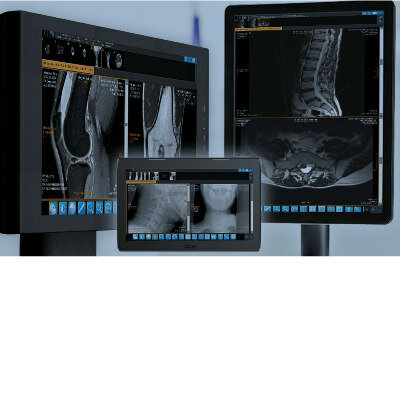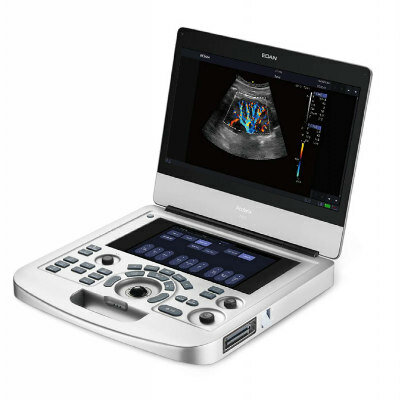Mathematical Models with Microwave Tomography for Breast Cancer Detection are Less Risky
By MedImaging International staff writers
Posted on 09 Aug 2010
A new imaging technique called microwave tomography can provide a less expensive and less risky alternative to X-ray mammography.Posted on 09 Aug 2010
The most widely used method of breast cancer detection is X-ray mammography, which takes images of a compressed breast by low-dose ionizing radiation. However, there are several disadvantages to using X-rays for breast cancer screening, topmost among them being the invasivity of radiation and the high costs, which limit their wide use and can deter women from getting them. Moreover, depending on the age of the patient and tissue density, X-ray mammograms often result in false positives and false negatives.
In a study published in online July 6, 2010, in the SIAM [Society for Industrial and Applied Mathematics] Journal on Applied Mathematics, researchers, from the University of Genoa (Italy) and the University of Gottingen (Germany), described a mathematical model for imaging tumors in the breast using microwave tomography. Microwave tomography detects cancers by measuring inhomogeneities in the electrical conductivity of breast tissue. An array of low-power microwaves are transmitted into the breast from different positions and the resulting scattered signals are collected by antennas surrounding it. The malignant-to-normal tissue contrast arises because cancerous cells have higher water content, and are therefore stronger scatterers than normal tissue.
The electrical properties measured by microwaves are sensitive to physiologic parameters such as water content, visualization, and temperature. Moreover, they can give an estimate of mammographic breast density, which is a critical factor in assessing a patient's risk of breast cancer. The distribution of these electrical parameters in space is used to reconstruct the image of the breast with the help of carefully designed algorithms.
There is room for improvement in the mathematical method that currently exists for image reconstruction in microwave tomography, according to the researchers. The predicament to be solved is an inverse scattering problem. At microwave frequencies, the inverse problem is difficult to solve accurately because it is highly nonlinear. Moreover, it is an ill-posed problem, which means that it does not have a solution in the precise sense, the solutions are not typically unique, and may not depend continuously on the data.
Different approaches have been used to circumvent these. One involves linearizing the problem, but this can result in significant loss of accuracy. A second approach utilizes nonlinear optimization and relies on initial apriori information on object shape and electric properties. Whereas this generates more accurate results, its effectiveness depends on the accuracy of the initial information and is computationally expensive.
A more recent approach uses a qualitative method utilizing sets of linear integral equations of the first kind. Whereas these are faster and do not require apriori information, they can only provide estimates for sets of points. In this study, the investigators utilized a linear sampling method in combination with a gap functional to take into account near fields instead of far fields, resulting in higher accuracy.
Related Links:
University of Genoa
University of Gottingen














